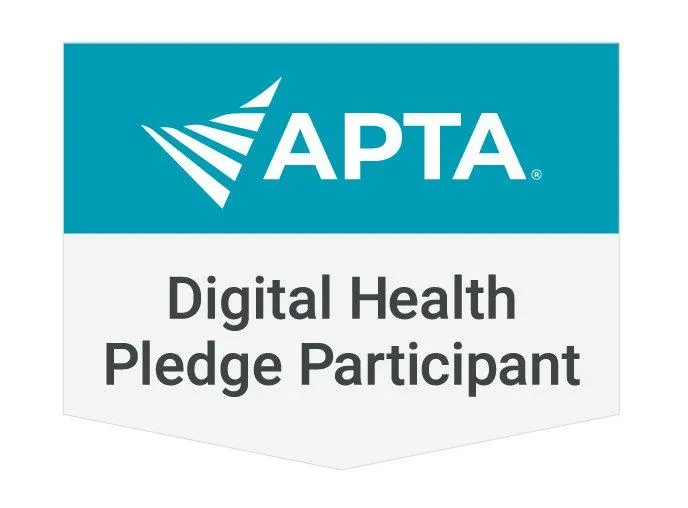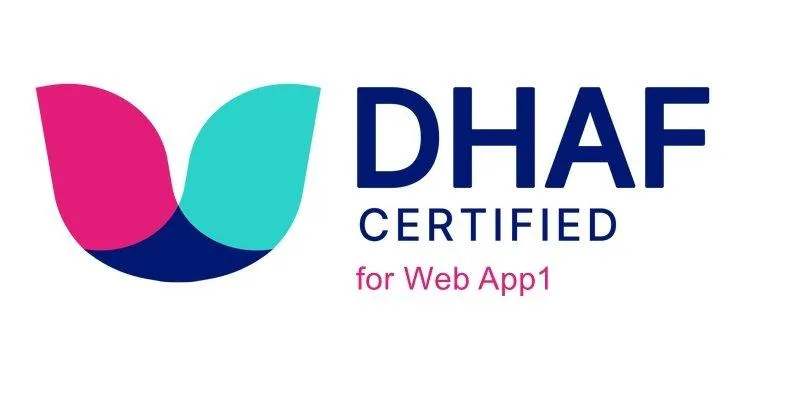Improve Patient Outcomes While Increasing Reimbursement
Fight declining reimbursement with Remote Care Solution that improves your patient's outcomes.

How It Works

Enroll Patients In Seconds
Accurate analysis enables a deep understanding of the market.

Patients Receive Automated Messages
We send your patients daily SMS messages, tailored to their care-pathway.
No app download required!

Bill With Ease
We provide justification, you can copy and paste into your EMR for reimbursement.
Value for Clinic Owners, Clinicians & Patients

Streamline Patient Communication
Patient responses flow into a singular portal resulting in fewer phone calls, emails, and text messages.

Increase Revenue
SaRA automates patient engagement. With a 65% average engagement rate you can reliably meet the engagement requirements for remote care.

Improve Patient Experience
Help patients increase their adherence and increase their knowledge of their own health journey by asking them to engage with SaRA (as simple as texting back and forth) daily,

Simpler Through Integrations
Our customers have simplified their workflow through integrations with various browser-based Electronic Medical Record Systems.
Who’s Paying for RTM?
Our customers have been reimbursed by Medicare and a variety of commercial insurances, including United, BCBS, and Aetna.


SaRA Health has signed the APTA Digital Transparency pledge, affirming that all digital "physical therapy" services are provided or directed by licensed physical therapists in line with regulations and APTA standards.

ORCHA rated the SaRA Health platform an impressive 84%. We're proud that our commitment to provider satisfaction and patient safety is reflected in this high score.

